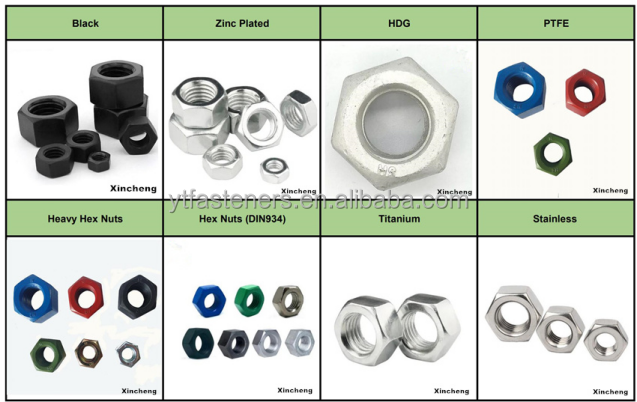Dec . 25, 2024 11:51 Back to list
hexagonal head
Understanding Hexagonal Head Fasteners An Essential Component in Engineering
Hexagonal head fasteners are ubiquitous in the field of engineering and construction, serving a foundational role in the assembly of various components. From machinery to structural frameworks, these fasteners have gained popularity due to their versatility, strength, and ease of use. In this article, we will explore the design, advantages, uses, and maintenance of hexagonal head fasteners.
Design Features
Hexagonal head fasteners typically consist of a hexagonal-shaped head that allows for easy gripping and torsion during tightening or loosening. The flat sides of the hexagonal head provide a larger surface area for tools, enabling the use of wrenches or sockets, which can apply greater torque compared to other shapes, such as round or square heads. Made from various materials—including steel, stainless steel, and alloys—these fasteners can be coated or treated to enhance their resistance to corrosion and wear.
Types of Hexagonal Head Fasteners
There are several types of hexagonal head fasteners, with bolts and nuts being the most commonly used.
1. Hex Bolts These are characterized by their hexagonal heads and are used to connect two or more parts together. They can function with a variety of nuts or be fastened through a pre-tapped hole.
2. Hex Nuts Typically used in conjunction with hex bolts, these fasteners allow for the secure attachment of components. Their internal threads correspond to the external threads of bolts, providing a reliable grip.
3. Hex Cap Screws Slightly different from hex bolts, cap screws are designed to be fully threaded and are used in applications where high-strength fastening is required. They often have a tighter tolerance, making them suitable for precision engineering.
Advantages of Hexagonal Head Fasteners
Hexagonal head fasteners come with numerous advantages.
1. Ease of Use Their design allows for quick engagement with standard tools, making the fastening process more efficient.
2. Torque Transfer The shape allows for greater torque to be applied, facilitating a secure fit which is crucial in high-load applications.
hexagonal head

4. Strength and Durability With the right material choice and treatment, hexagonal head fasteners can withstand significant stress and environmental conditions.
Applications
The applications of hexagonal head fasteners are vast.
1. Automotive Industry Used extensively in engines, chassis components, and body assemblies, these fasteners ensure that critical parts remain secure under high stress.
2. Construction In buildings and bridges, hexagonal bolts are essential for securing structural frameworks, ensuring stability and safety.
3. Machinery and Equipment Manufacturing machinery often utilizes these fasteners for assembling heavy components and ensuring proper alignment.
4. Furniture Assembly In the production of furniture, hexagonal head screws are ideal for providing a stable connection between different parts.
Maintenance and Considerations
Although hexagonal head fasteners are durable, regular maintenance is essential to ensure their longevity and effectiveness. Here are some considerations
- Inspection Periodically check fasteners for signs of corrosion or wear, particularly in environments exposed to moisture or chemicals.
- Proper Tensioning Ensure that fasteners are installed with the correct torque to avoid loosening or stripping over time.
- Replacement If any fasteners show significant wear or damage, they should be replaced promptly to maintain structural integrity.
Conclusion
Hexagonal head fasteners play a critical role in numerous applications across various industries. Their unique design and high efficiency make them an indispensable component in engineering. Understanding their features, advantages, and maintenance needs can lead to more effective usage and enhanced project outcomes. As technology and engineering practices continue to evolve, hexagonal head fasteners will undoubtedly remain a key player in the field.


